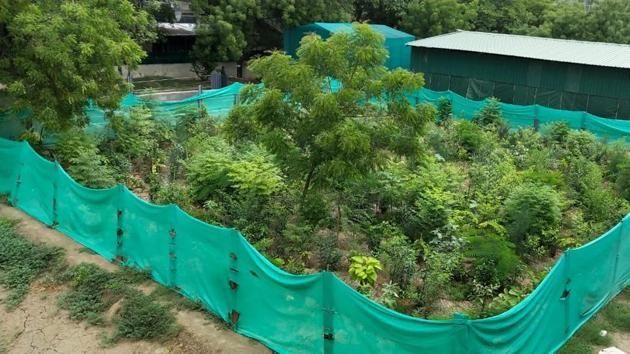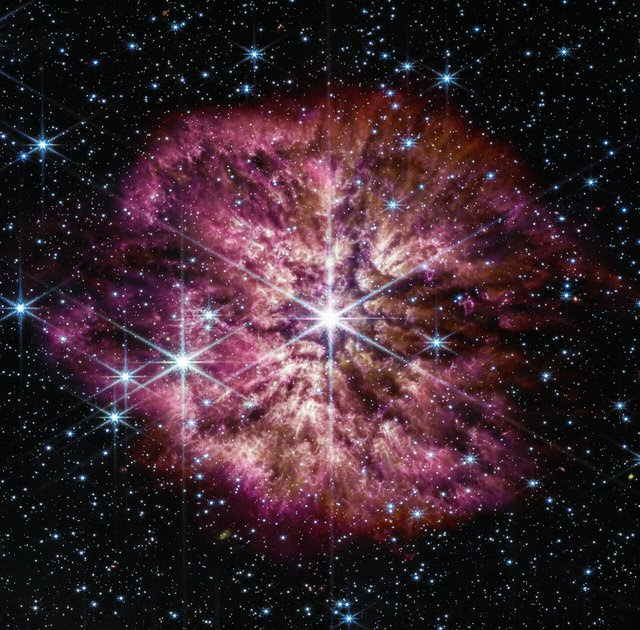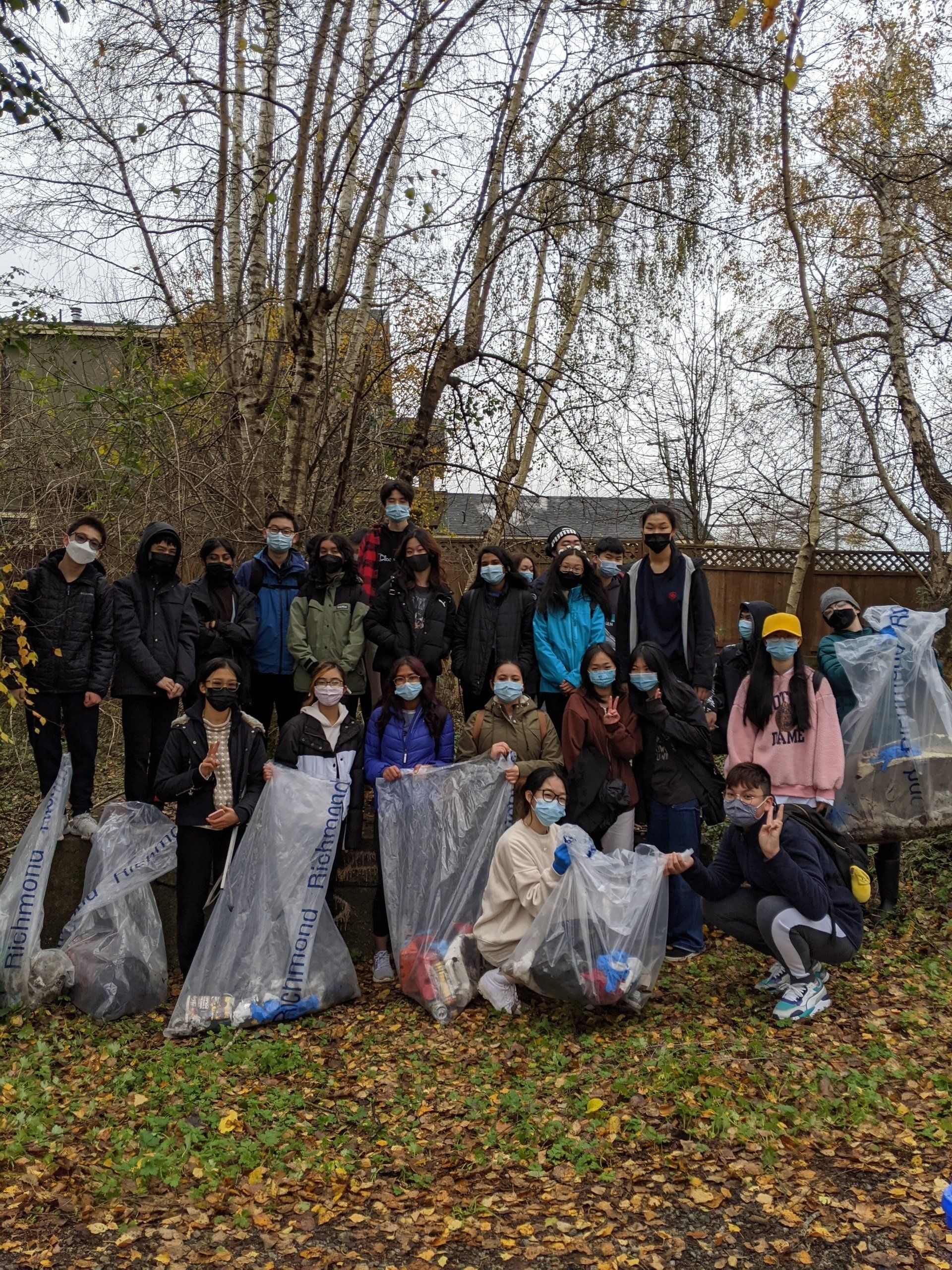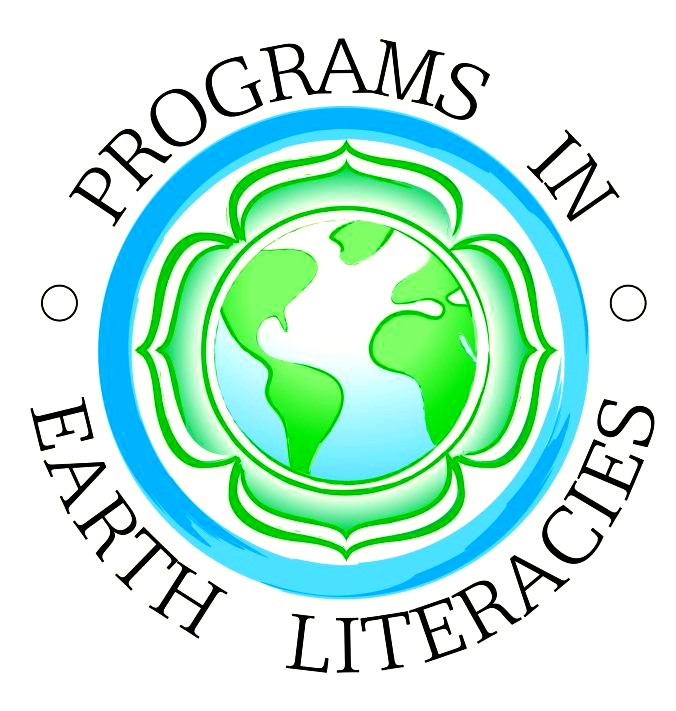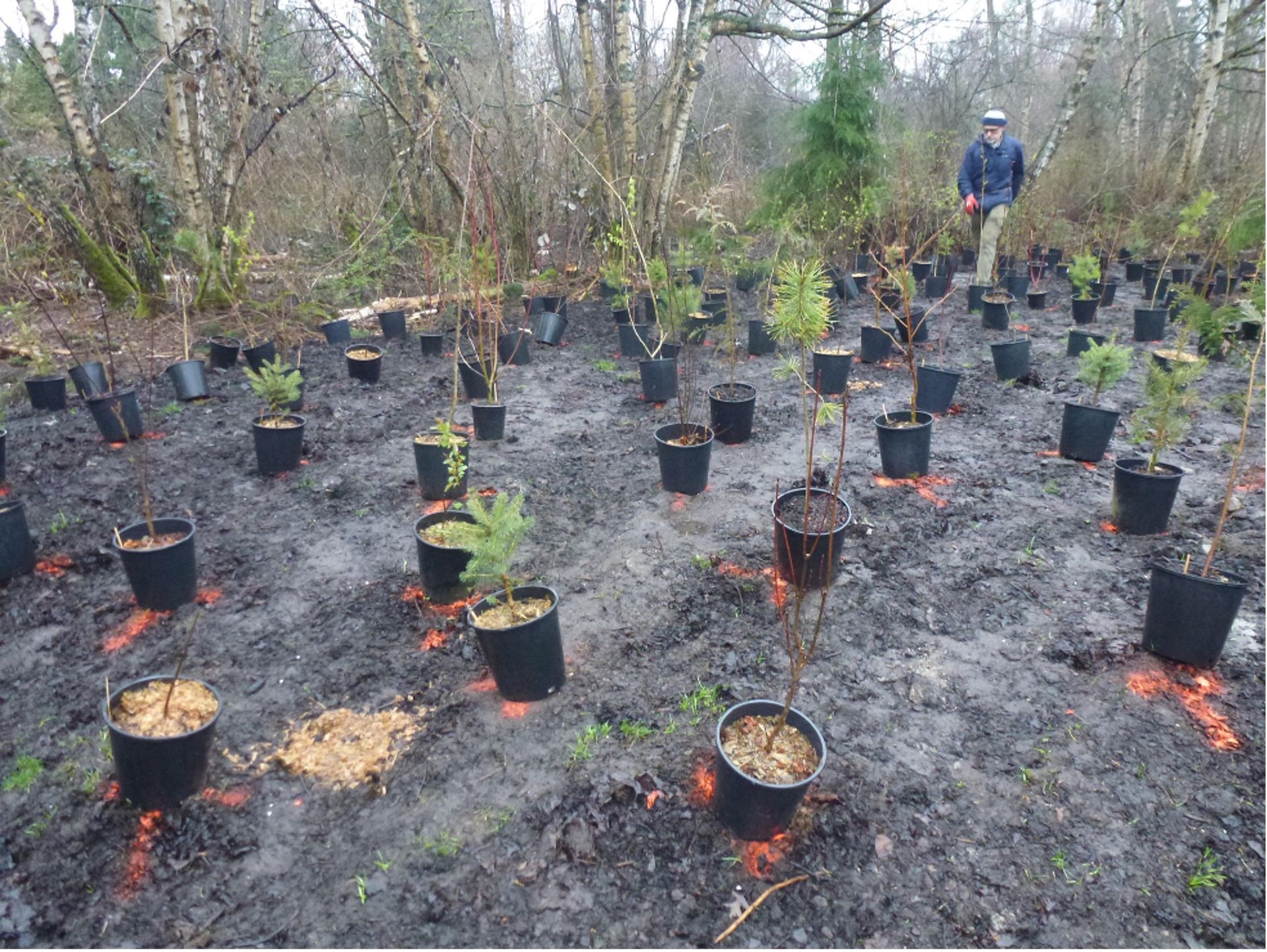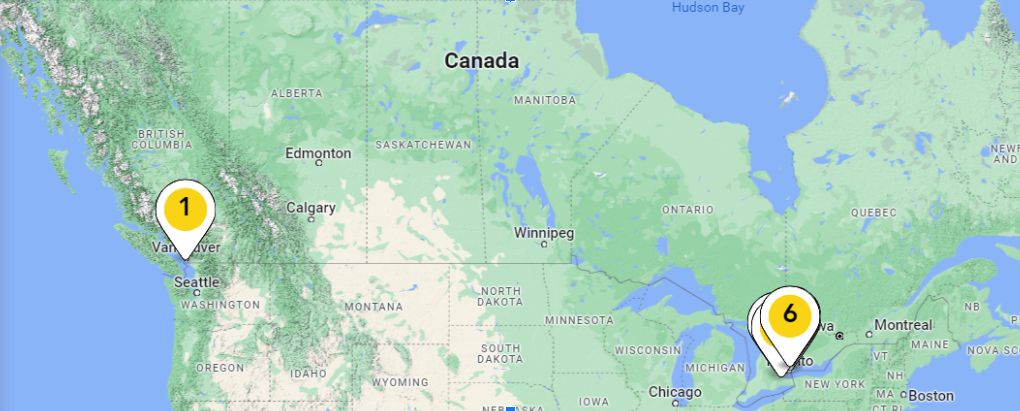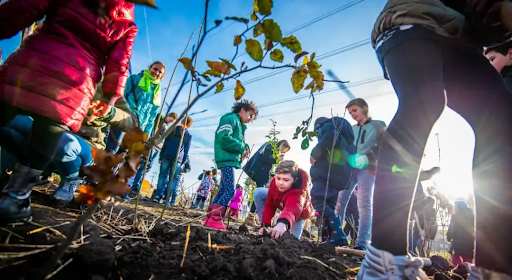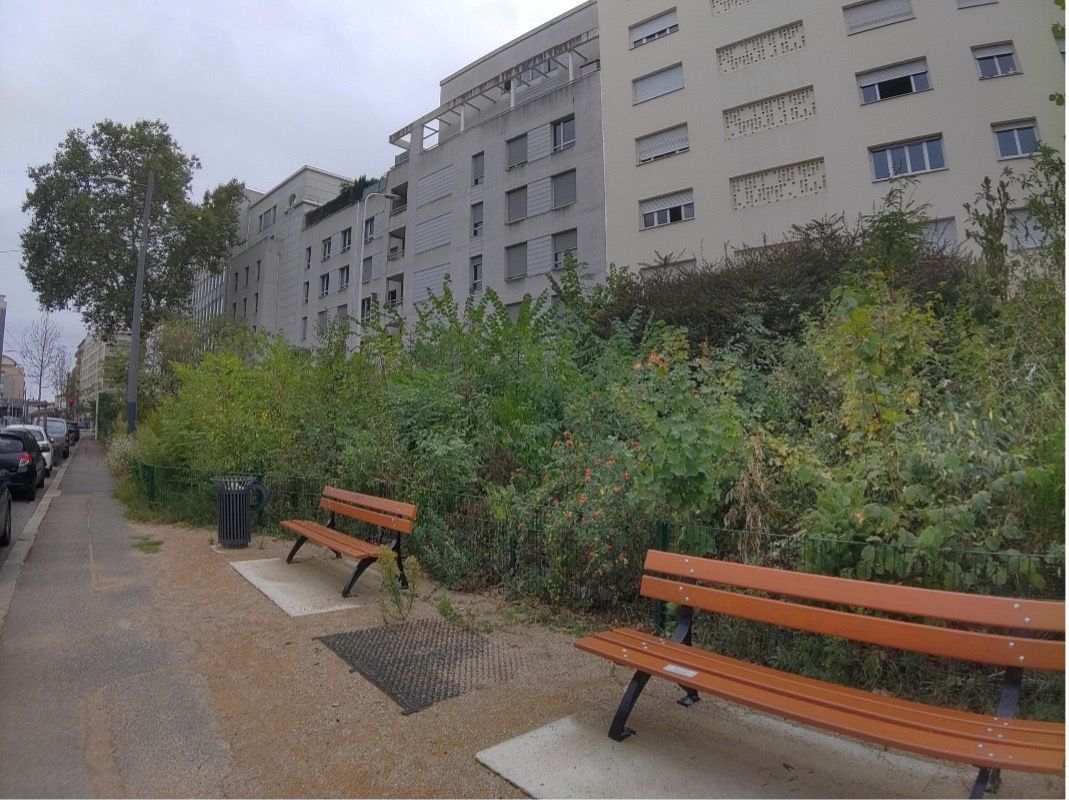4% FTW!
If less than 4% of an active population can drive governmental and societal change, Peter Topolewski writes, then Gen Z, who comprise 25% of the global population and own 100% of the future, have the critical mass and reason enough to get that change underway. In his latest book, Dr. Reece Halter gives us all reasons to get behind the climate and justice leadership of "Generation Z". So, as we welcome a new calendar year and the opportunity for renewal - in all of its senses - let's find ways to choose that change in 2021, by amplifying and embodying the efforts of youth all over the world. As this book review concludes, the solutions for saving a dying planet - that is, realizing there is enough for everyone, consuming less, shutting down harmful industries - can no longer seem outlandish. In fact, the adaptability that is now called for is exactly what we are demonstrating through the current COVID-19 pandemic. Onward, friends, with courage, adaptability, and love. HNE!
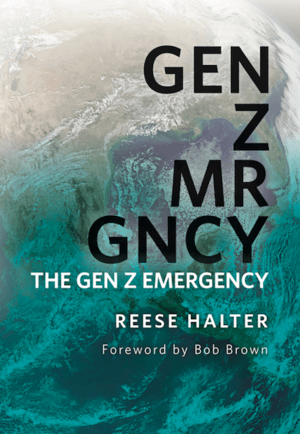
By Peter Topolewski
Dr. Reese Halter, a champion on behalf of nature, has put in time during this hellish Covid-19 pandemic to do us a favor. He’s published a new book, Gen Z Emergency, to again highlight the danger our natural world is in and, perhaps most importantly, show us some of the now massive steps required to ensure nature’s – and our – survival.
Reese frames Gen Z Emergency around a simple event: he, a veteran educator and scientist, takes a hike in Colorado with three progressives from Generation Z, loosely defined as those born between 1995 and 2012. The hike begins with snippets of conversation about some of the natural phenomenon they see along the trail in the Rockies, with Reese imparting his knowledge to his young friends. But the hike, and the dialogue that winds through the book, is a framing mechanism for Reese to make his main points about the current state of the world:
- every element of the life on this planet is wondrous and connected
- all life on Earth is in grave peril, because of us
- we still have a slim hope of saving it, but it falls on Gen Z to lead the charge to some drastic changes
These are not sections of the book but themes that emerge from a catalog of examples. As in much of his writing, the core of this book is Reese’s detailed descriptions of what are – in the scheme of things – just a few of nature’s wide range of wonders. But the breadth is as usual for Reese vast, as he moves from trees in the North American West that sustain 65 million people to insects that pollinate 350,000 kinds of flowering plants. It’s difficult to overstate how important these are, precisely because there’s less of nature for us to experience, and fewer of us have the chance or take the time to make that connection. Reese makes the time and pursues that connection with nature, relentlessly. And he does us a service by bringing that nature to us, explaining how so many examples of life on Earth actually work – and how they make our life on Earth work.
The range of life forms and processes Reese covers reminded me of something Brian Swimme said in an interview with Adrian David Nelson on the Waking Cosmos. They were discussing scientific materialism and consciousness, when Swimme summed up the wonder of the natural world that centuries of scientific inquiry had brought to human understanding: “How fantastic that scientists that had utterly no sense of what they were going to discover ended up with a story that has greater spiritual significance than any of the traditional religious stories.”
Reese has helped guide those discoveries in his field, and he’s helped teach us non-scientific folk about them. It’s clear that Reese is in awe of life’s diversity, engineering, and efficiency, and through his writing he helps us feel some of that awe ourselves. Yet Reese’s catalog of the wonder of nature is also akin to Joel Sartore’s Photo Ark: He’s keeping a record of things we’re losing or could lose.
In neither way is his writing a substitute for being in nature, but it’s an inspiration for learning about it, getting out there, and saving it. This is especially important because our species is continuing to pillage nature while the super wealthy among us, like Jeff Bezos and Elon Musk, see “salvation” billions of dollars away on the barren planet Mars. (They also count among the biggest climate grifters around.) What they don’t get – what people like Reese are trying to make clear – was laid out beautifully by Elizabeth Kolbert in the October 2019 issue of National Geographic: “One way to think of a species, be it of ape or of ant, is as an answer to a puzzle: how to live on planet Earth. A species’ genome is a sort of manual; when the species perishes, that manual is lost. We are, in this sense, plundering a library – the library of life.“
Reese takes the need to save our disappearing natural world a step further. Throughout Gen Z Emergency, he attaches a key point to descriptions of life on Earth: Not only are each of these instances of life amazing, they’re connected. We’re all connected.
It’s not a new message but it is one you see more and more these days. It has popped up in the NY Times story of the Suzanne Simard, the woman who discovered the community that exists among trees in a forest. And in the documentary My Octopus Teacher, where Craig Foster, the human subject of the film, learns that we are not visitors here, but that we’re part of nature. It’s a message that’s needed, and Reese brings the point home. Again and again, he concludes a description of tree species or fungi or a sea creature with a simple logic: if no X, then no Y.
- No eucalypt forests. No koalas
- No insects. No freshwater life.
- No earthworms. No soil life. No food.
- No sea ice. No ice seals. No polar bears.
- No mangroves. No fisheries
- No trees. No life.
- No corals. No fish. No life.
It is exactly because of this fundamental connection we have that we need to care about this beetle or that mushroom.
For those who do, the payoff is clear. Reese gives examples large and small of how both animals and people benefit when we recognize and act on our place in nature. That can be helping a single wounded sea critter or fighting back against waves of poachers and polluters. Not surprisingly, scientists are finding that the benefits of environmental regulation have been underestimated. Over the last four decades, efforts to reduce air pollution in the U.S. to protect human health have, it’s been discovered, saved 1.5 billion birds.
Unfortunately, none of this has been enough, and in his own voice and through the voice of his three Gen Z companions Reese rages against the forces actively destroying nature. The anger is easy to understand. It comes from his love of nature and the brutal fact that all of it is on death’s door. As much as Gen Z Emergency is a catalog of Earth’s wonders, it’s also a catalog of nature’s ailments, most of them a result of our crimes against it.
The list of the woes is a horror show. The biggest, most daunting problem is climate change, mainly because it touches all parts of the Earth. As Reese says:
The biodiversity on this planet is mesmerizing! There are about two million different forms of life and possibly 10 times that yet to be found. What we see today in nature is the result of 1.2 billion years of reproductive evolution. Every single organism is wonderful, time-tested, sculpted by the environment and perfected. All life exists within a habitable range of temperatures. Migrating animals time their reproduction to a temperature cue. In turn, they depend upon a plentiful food source of prey, greened-up vegetation, insect blooms or aquatic life-forms for their offspring. When temperature spikes or habitats are destroyed or poisoned, life ceases.
It’s clear, then, why climate change is an existential threat. But nature’s diagnosis – which Reese backs with pages of references – is terrible everywhere you look. A sample:
- Indonesia has 131 threatened bird species, second only to Brazil, with 164.
- Humans devour an estimated 70 billion land animals annually.
- African elephant numbers have collapsed from an estimated population of 26 million in 1800 to about 310,000 today, and we are losing ~17,000 elephants annually.
- In the past 20 years, two billion sharks have been de-finned alive.
- Since 1970, the global population of large freshwater creatures like stingrays, catfish, turtles, and salamanders has crashed 88%.
- 40% of all insects are in decline.
- Over 80 % of Canadian wetlands are soaking in toxins that drain off the oil seed crops.
- Nearly 85% of all wild mammals (6,400 species) and 80% of marine mammals have been wiped out by mankind.
- 1,500 drinking water systems, supplying 110 million citizens across the United States are laced with nonstick “forever chemicals” like perfluorooctanoic acid and perfluorooctanesulfonic acid.
- There is a dead zone in the Gulf of Mexico more than 17 times the size of the Greater Los Angeles Area.
- Each year, 5.3 to 15 megatons of plastic pollution flush into the oceans. The largest, in the Pacific Ocean, could weigh the same as about 43,000 automobiles.
It’s staggeringly sad and ironic that we humans are the most intelligent creatures in the world, and yet we have worked without letup for our own destruction. While the natural world around us operates in exquisite balance, we take every opportunity to destroy the system. We are not stewards of the Earth, we’re exploiters.
Reese correctly aims his anger at the major culprits in this: big business, poachers, and criminal organizations, but none of us gets off without blame. Here a tough question about humanity remains unspoken but there for us to ask ourselves: why are we ruled by greed? It drives so much of business and crime, but also our consumerism, our sense of superiority, our sense of entitlement. It warps our judgement and our idea of what’s right and what are our rights. It’s what makes us beholden to the dollar and the free market system, even though most of the destruction on Earth is wrought, hypocritically, by industries like energy, fishing, and mining that are annually subsidized with the trillions of government dollars. Some free market.
Amazingly, in spite of what we’ve done so far it’s in our humanity that Reese sees some hope. It’s in Gen Z, whose members he hopes are less taken by consumerism, are less inclined to eat meat or need a huge house or a gas guzzling car. He’s not naïve to think that consumer choices alone will move the needle enough or fast enough to make a difference. He understands that it takes governments to guide widespread changes in habits. But he points to research by Harvard University professor Erica Chenoweth and Maria Stephan of the United States Institute of Peace to explain that less than 4% of an active population can drive governments and societal change. Gen Z is 25% of the global population, and it “claims, and rightfully so, that they own 100 percent of the future.” There are more than enough of them, and they have reason enough, to get that change underway.
By no means is it a given. You can see how uphill the battle is from the preposterously inept effort Baby Boomers and Gen Xers have made over the last thirty years, in spite of ample warnings that we’re headed for – and now halfway over – a cliff. Incredibly there’s still no shortage of climate change deniers, who share a mental derangement with deep-state-fearing lunatics. Still, they’re grossly outnumbered by those of us who, though living in a world crafted over billions of years, can’t bear the thought of altering their lifestyles or changing jobs any time soon to save what precious little of nature we have left.
The prescription is bold. And in the face of such complacency and ignorance, the challenge is all the greater. Reese calls for, among other things, permanently setting aside tracks of wilderness, in line with E.O. Wilson’s Half-Earth Project. Ending fisheries completely to allow marine life decades to heal. The immediate protection for all old-growth forests. An end to subsidies for energy, plastics, and fishing industries. These and other changes Reese proposes would give our natural world time to heal, something it has shown repeatedly it can do if given the chance.
All by themselves, Reese’s to-do list appears to have as much chance of getting done as a wish list made in fantasy land. But that’s one of the great feats of this book. After reading Reese’s descriptions of nature, understanding the deep connections of the web of life, feeling just a sliver of the awe he feels, after having your eyes open to the scale of our destruction, the solutions for nature’s salvation don’t sound outlandish – or out of reach.
Originally published 10 Dec 2020 at darwinsgongshow.com and is reproduced here with permission.
